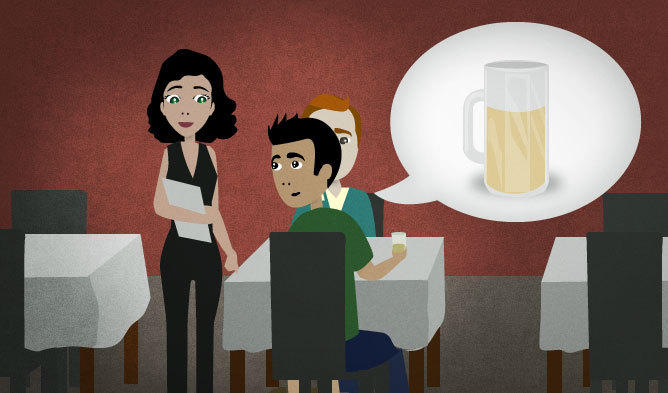Try poetry :-) It is an invaluable source of inspiration.
Give your students a chance to let their imagination fly.
The poem "A girl" by Ezra Pound is based on the Greek myth of Apollo and Daphne. The first stanza is told by Daphne who is going the transformation and the second is told by Apollo who is seeing the process (Daphne is turning into a laurel tree to escape from Apollo).
The poem is short and it is full of images (Ezra Pound started the poetic movement called imagism).
You can encourage your students to draw it afterwards.
1. Start with a story of Apollo and Daphne. You can prepare a gap-filling text (appropriate for your students level)
2. Highlight that Ovid is, after Homer, the single most important source for classical mythology.
3. Point out that artists throughout the centuries have depicted scenes from Ovid’s work in their own paintings. You can even show some of them: a) a sculpture by Bernini
HERE or b) a painting by J.W. Waterhouse
HERE
3. Say that the major theme of the
Metamorphoses, as the title suggests, is metamorphosis, or change. Gods are continually transforming
their own selves and shapes, as well as the shapes and beings of humans.
You can give random examples from mythology:
- Narcissus changed into a flower
- Zeus into a swan (to get near Leda)
- Arachne was transformed by Athena into a spider
- Medusa was changed into a hideous gorgon by Athena
- Daedalion was a man transformed by Apollo into a hawk
- Arethusa was transformed into a fountain
4. The poem has 10 verses. Cut it into 10 pieces. 1 piece = 1 verse.
You can have either a pair work or group work. Ask students to compose the poem out of these 10 lines. They can arrange it whatever they like (make sure they understand the meaning of each line).
Give them a glue and a sheet of paper to sick their version of the poem on. Don't give them a title. Let them come up with a title themselves.
5. At the end introduce them to the final version by Ezra Pound. Interpret the poem together with your students. Make is easier by asking questions:
- Who is speaking in the first part? And who in the second?
- What transformations do you see?
- What does the last verse mean? What is folly to the world? Why is that folly?
As in the poem a girl is one with nature. You can also show your students this poster
HERE as a basis for
discussion. You can also encourage them to make something similar themselves as a follow-up activity.






